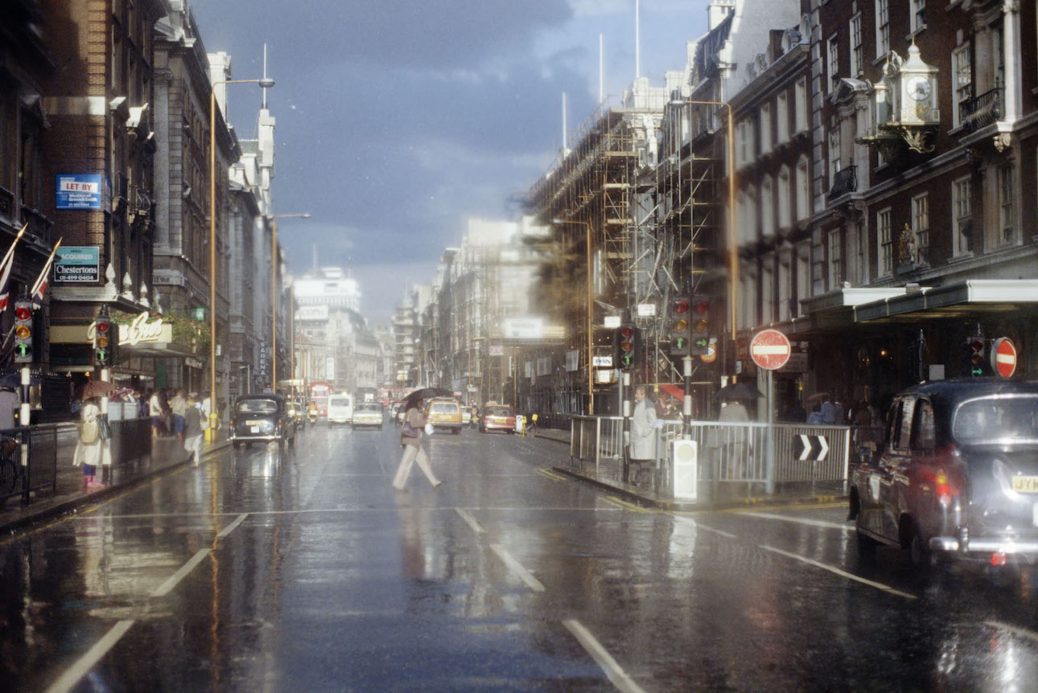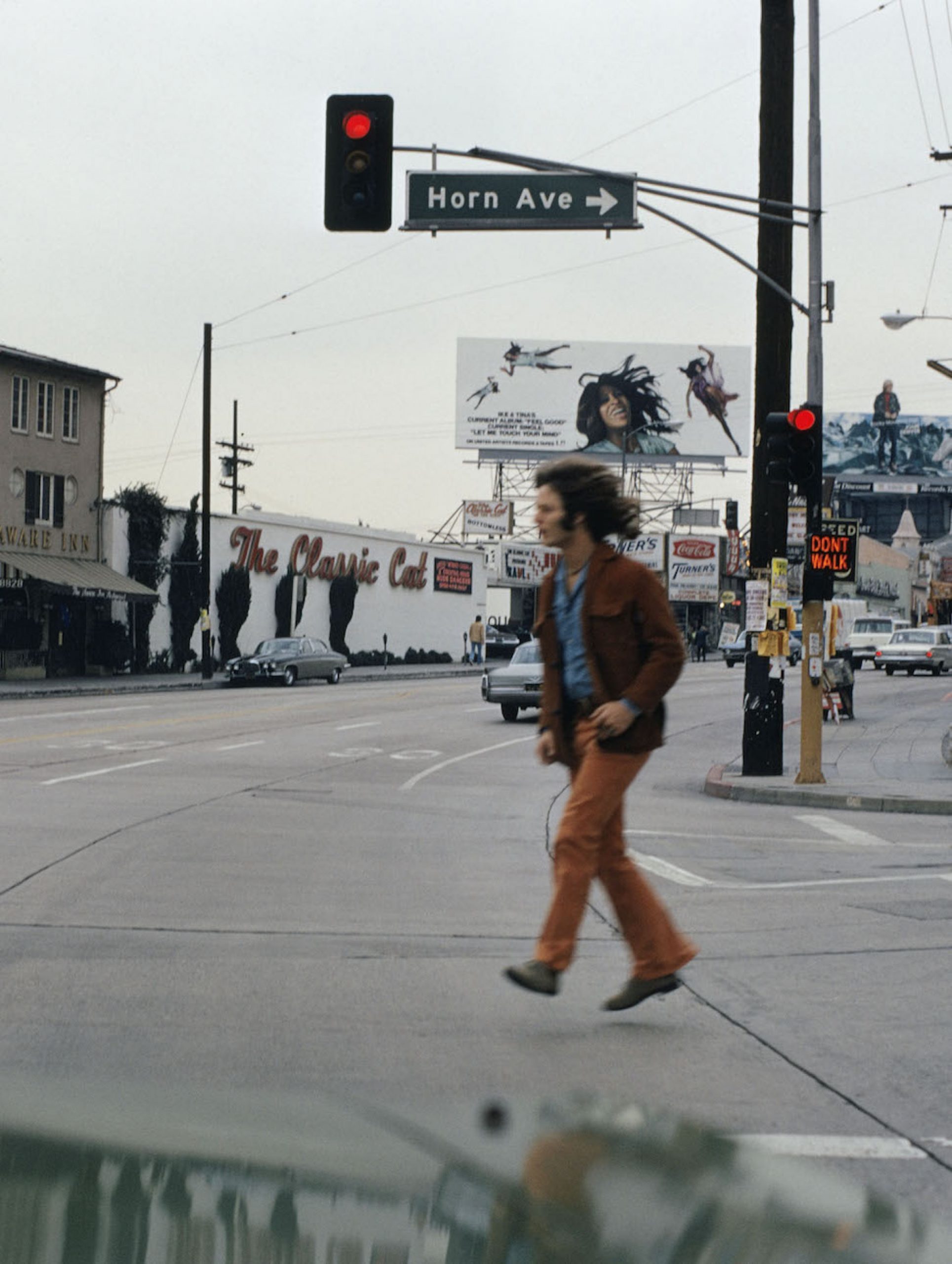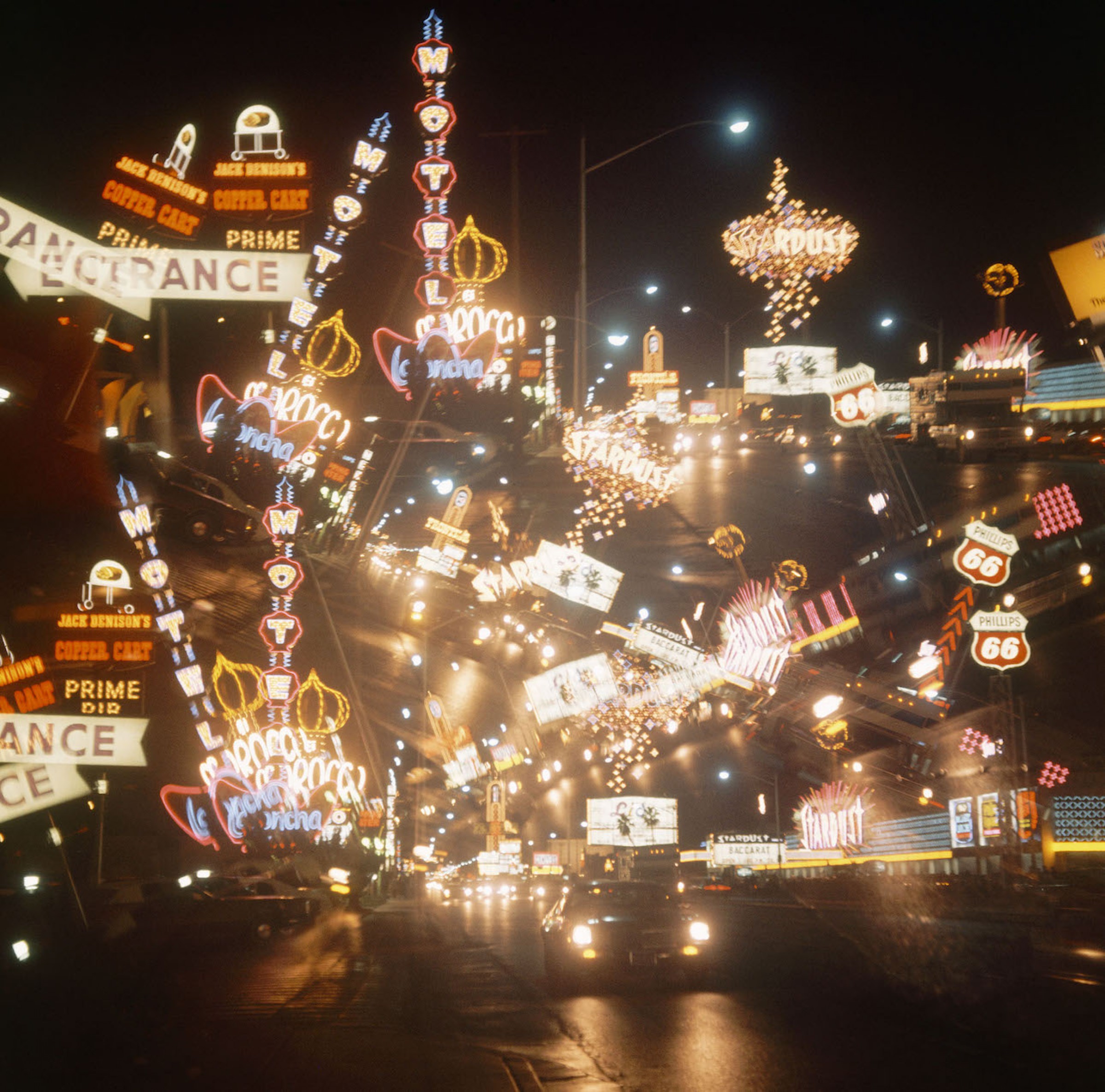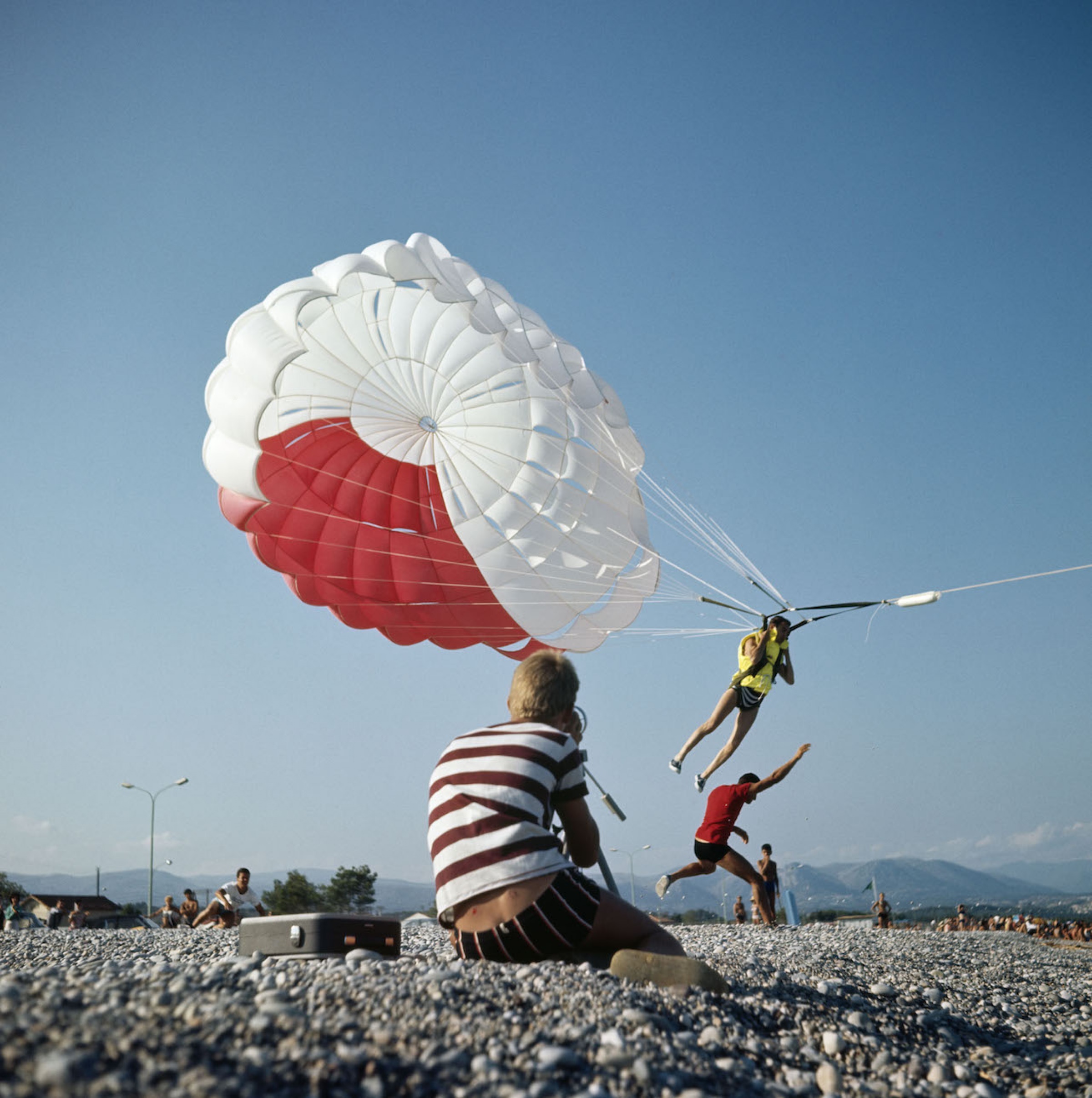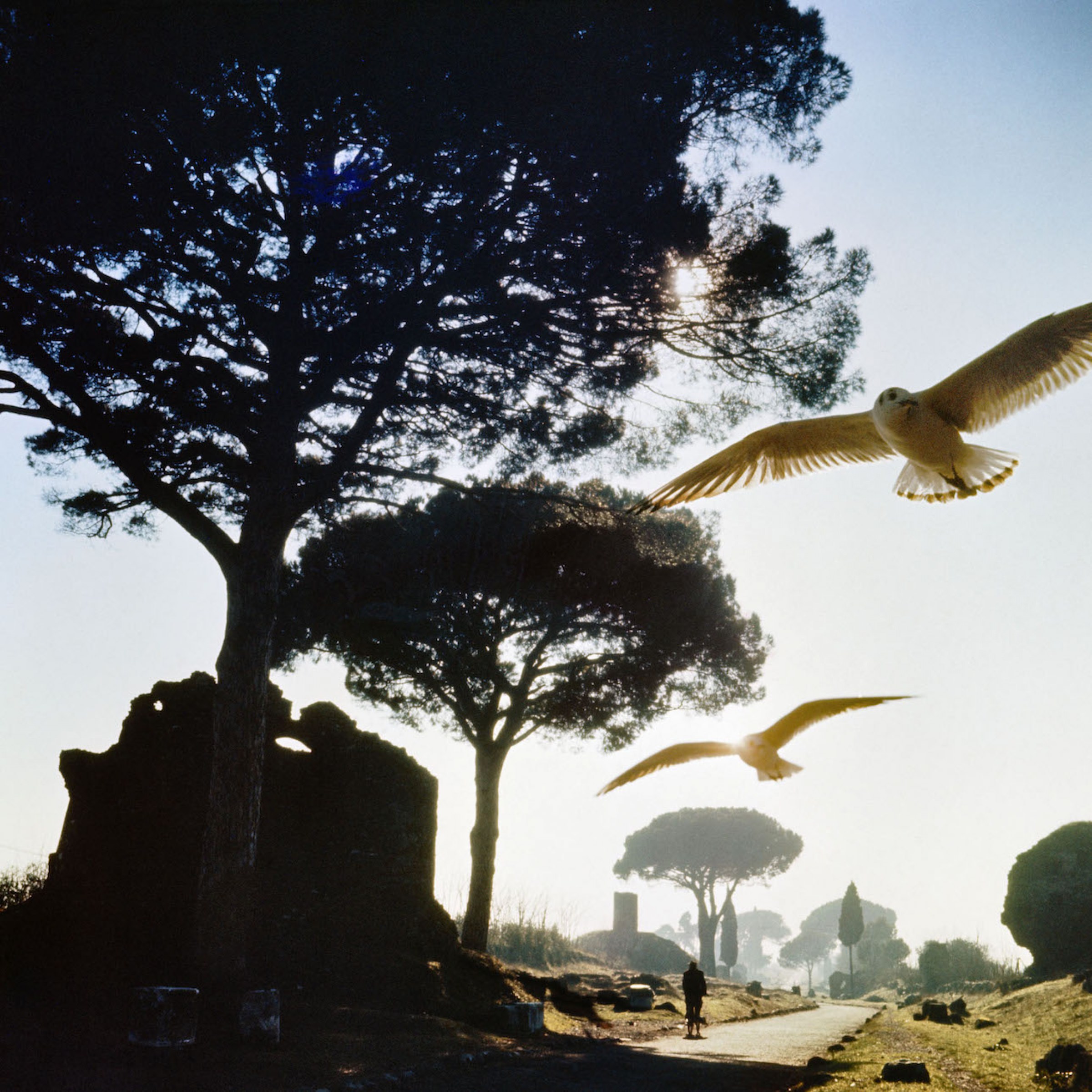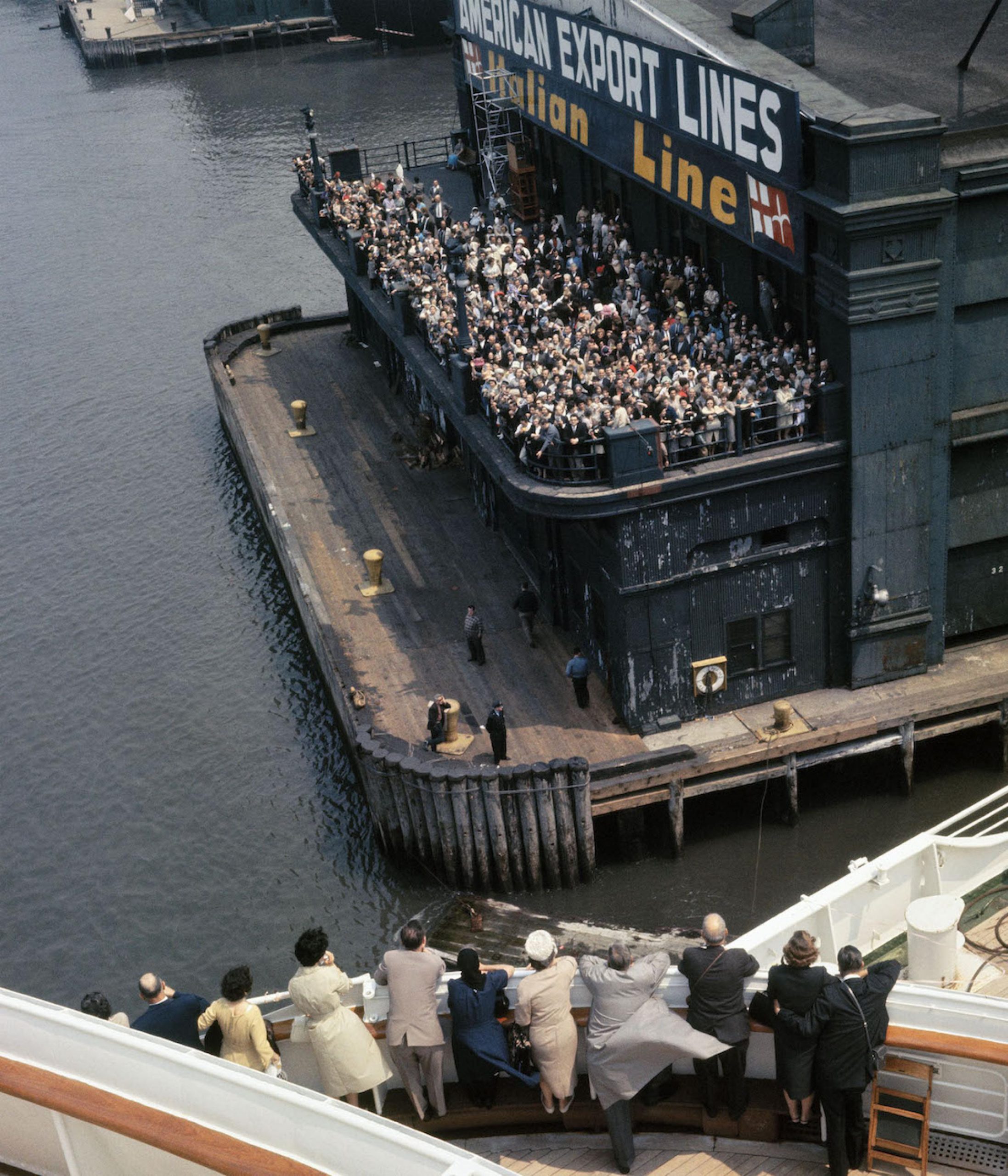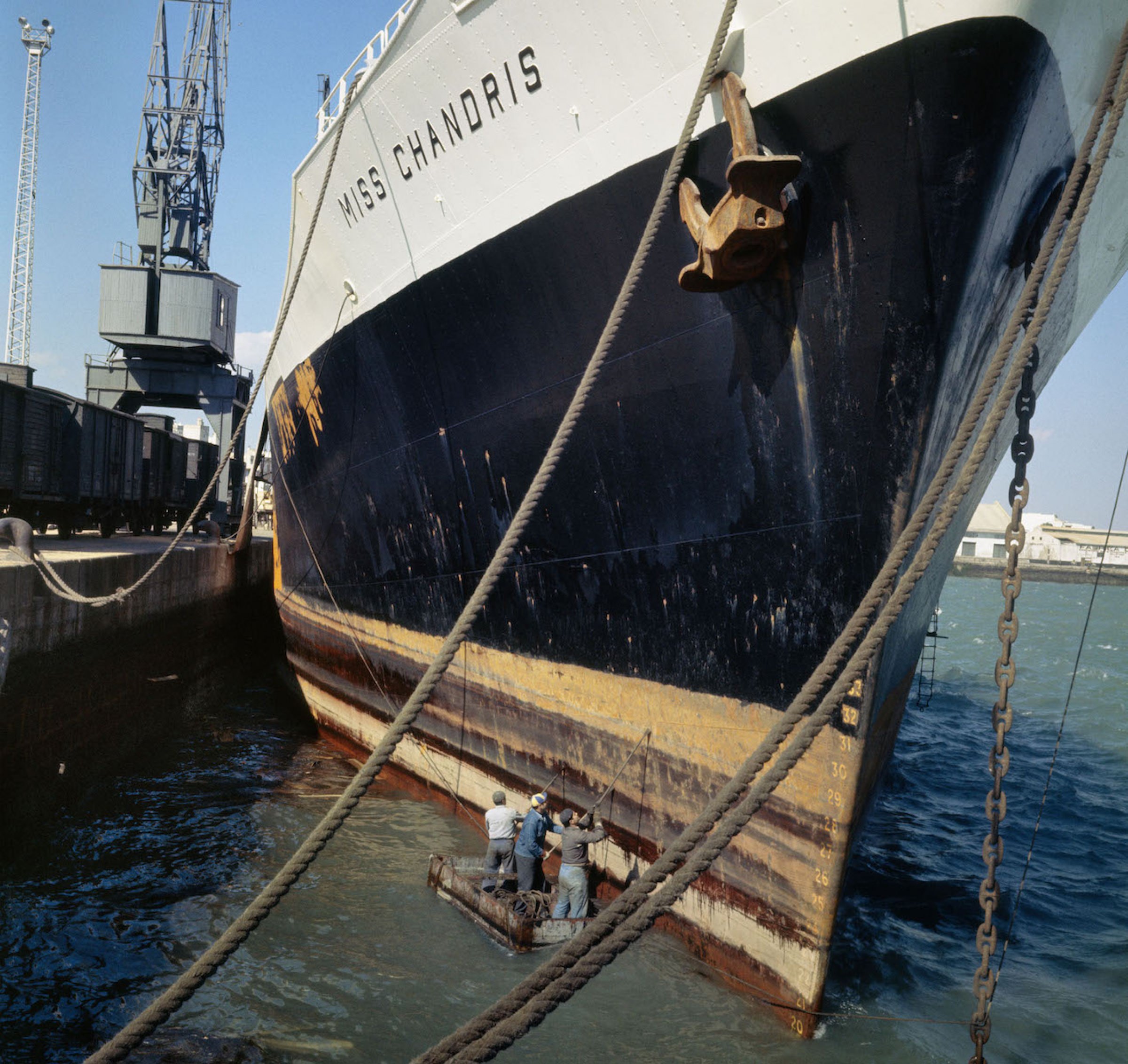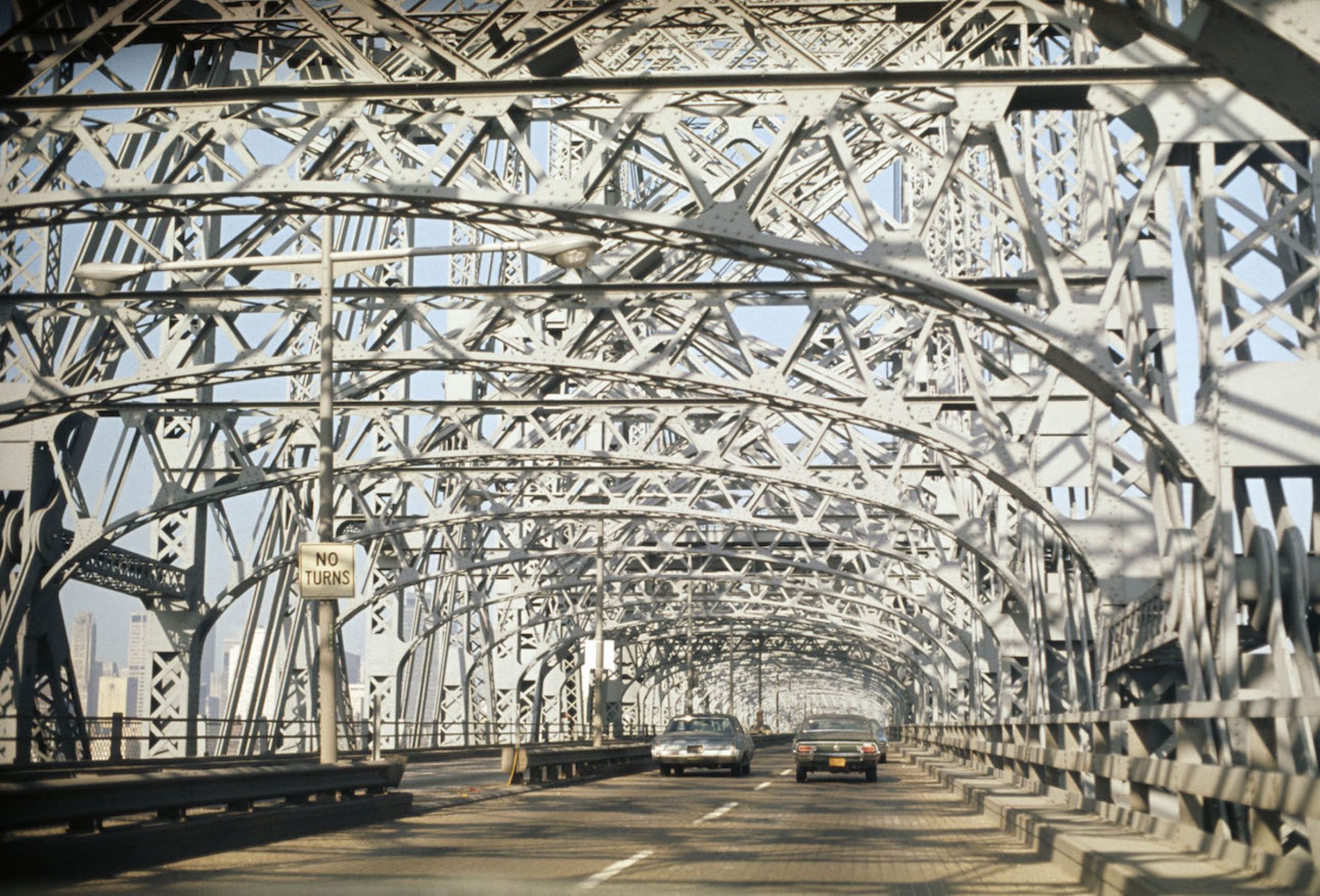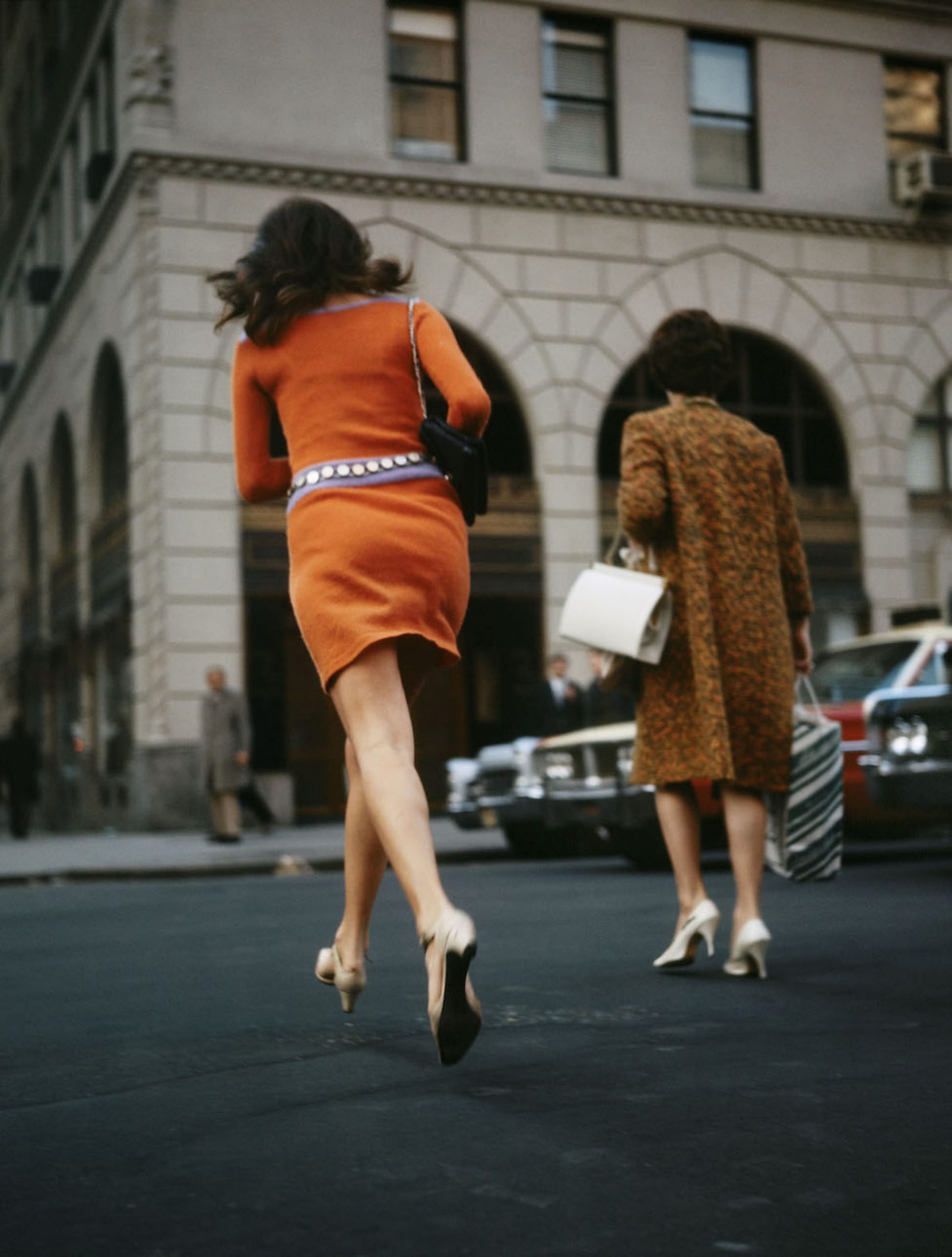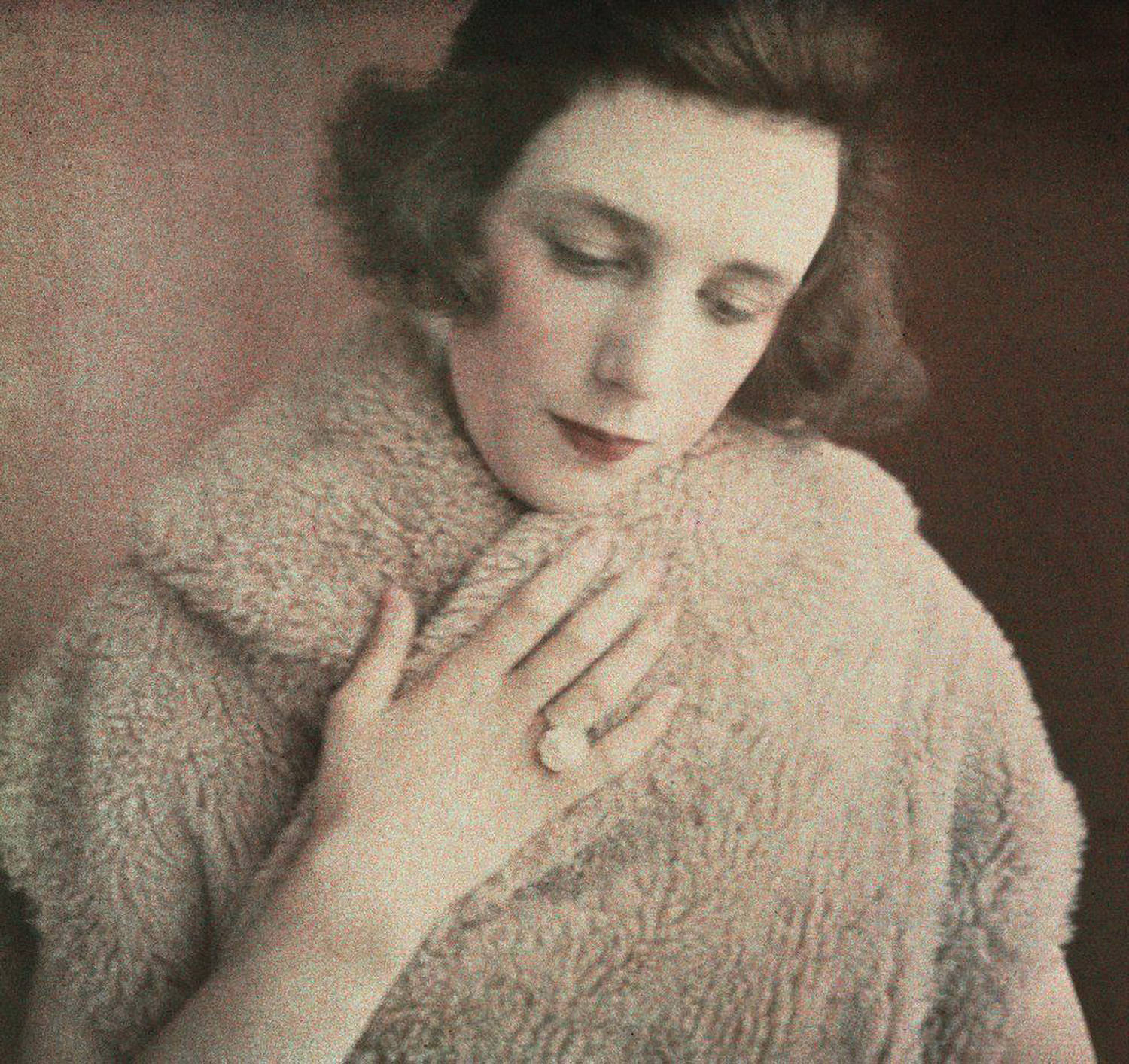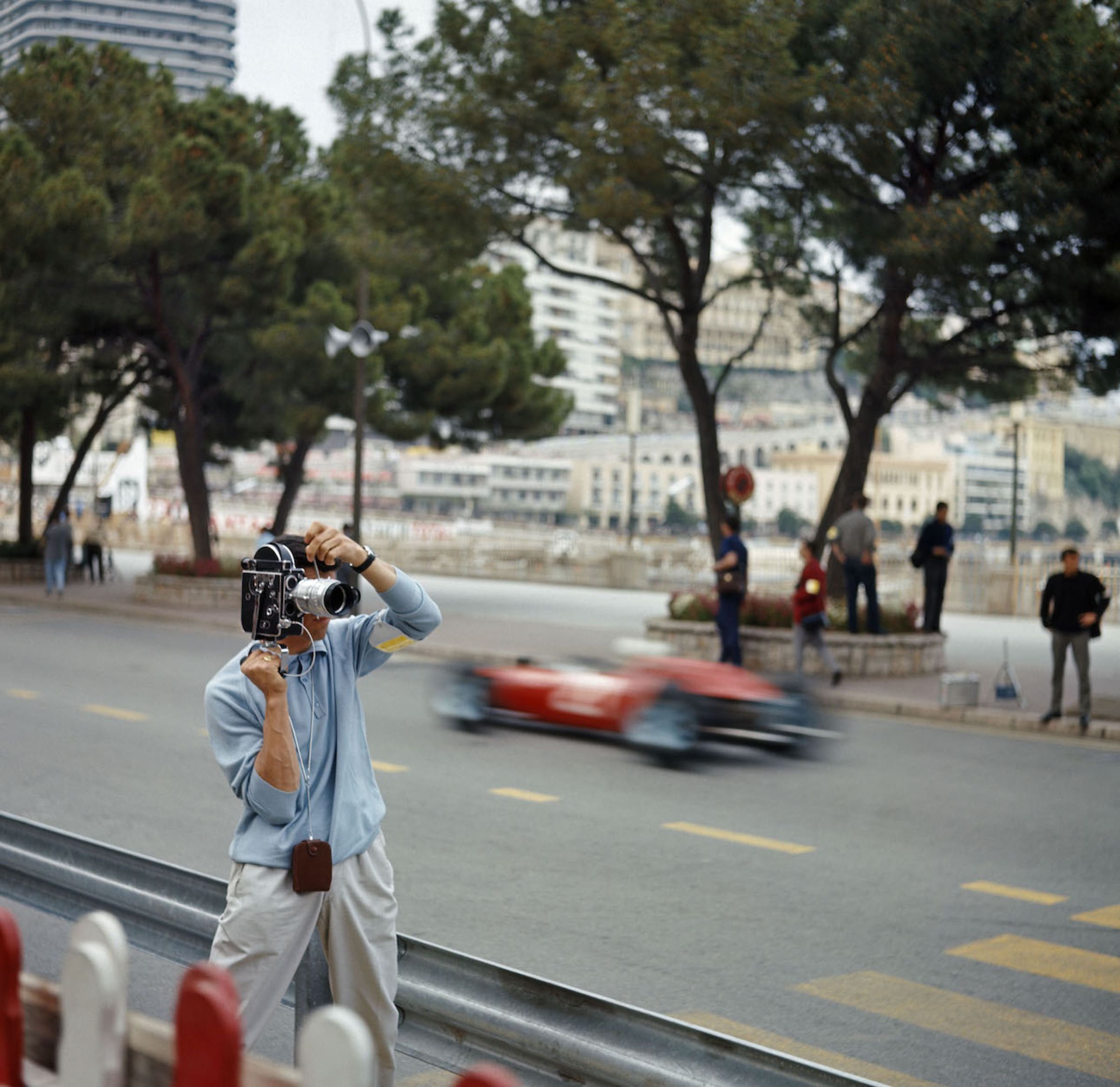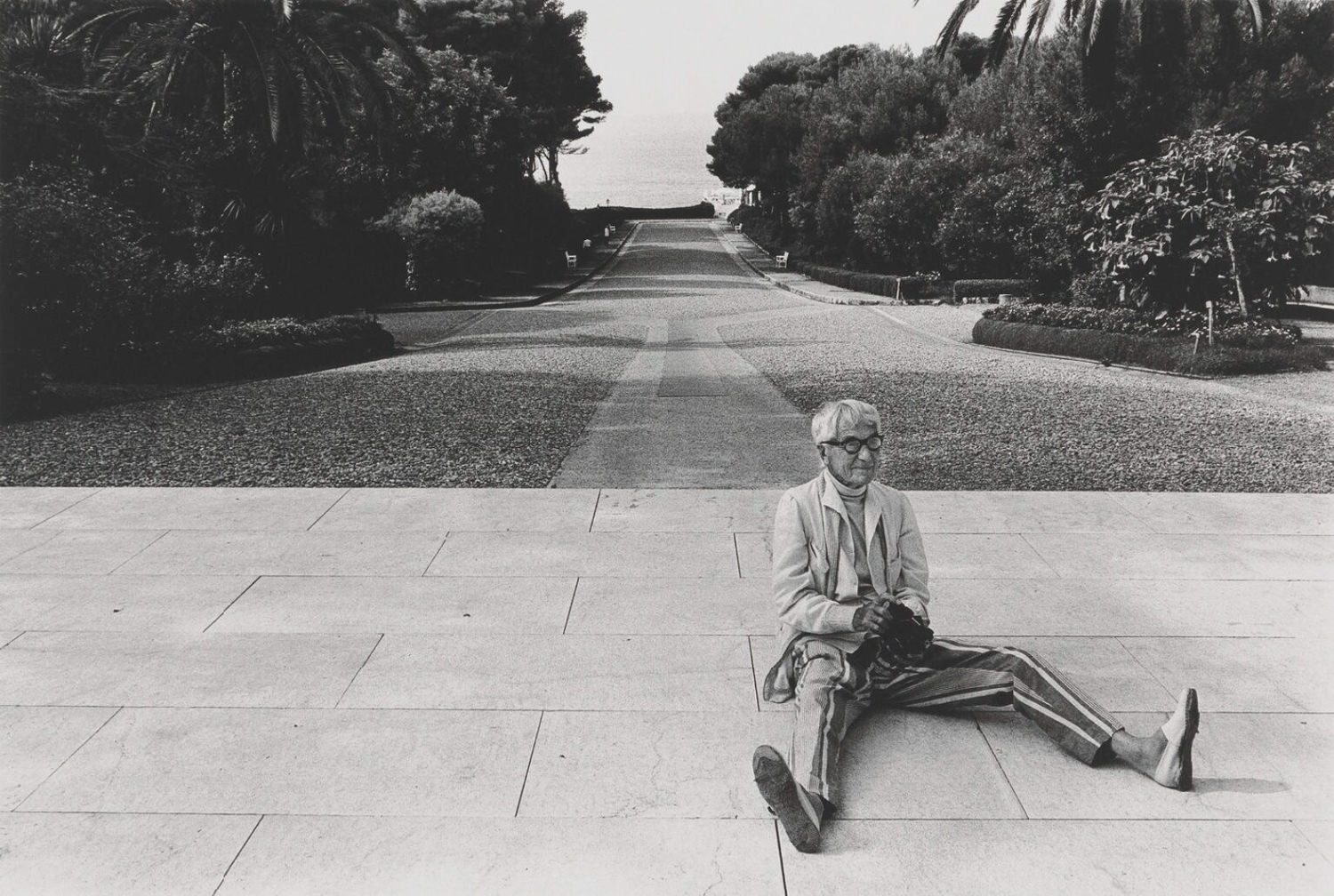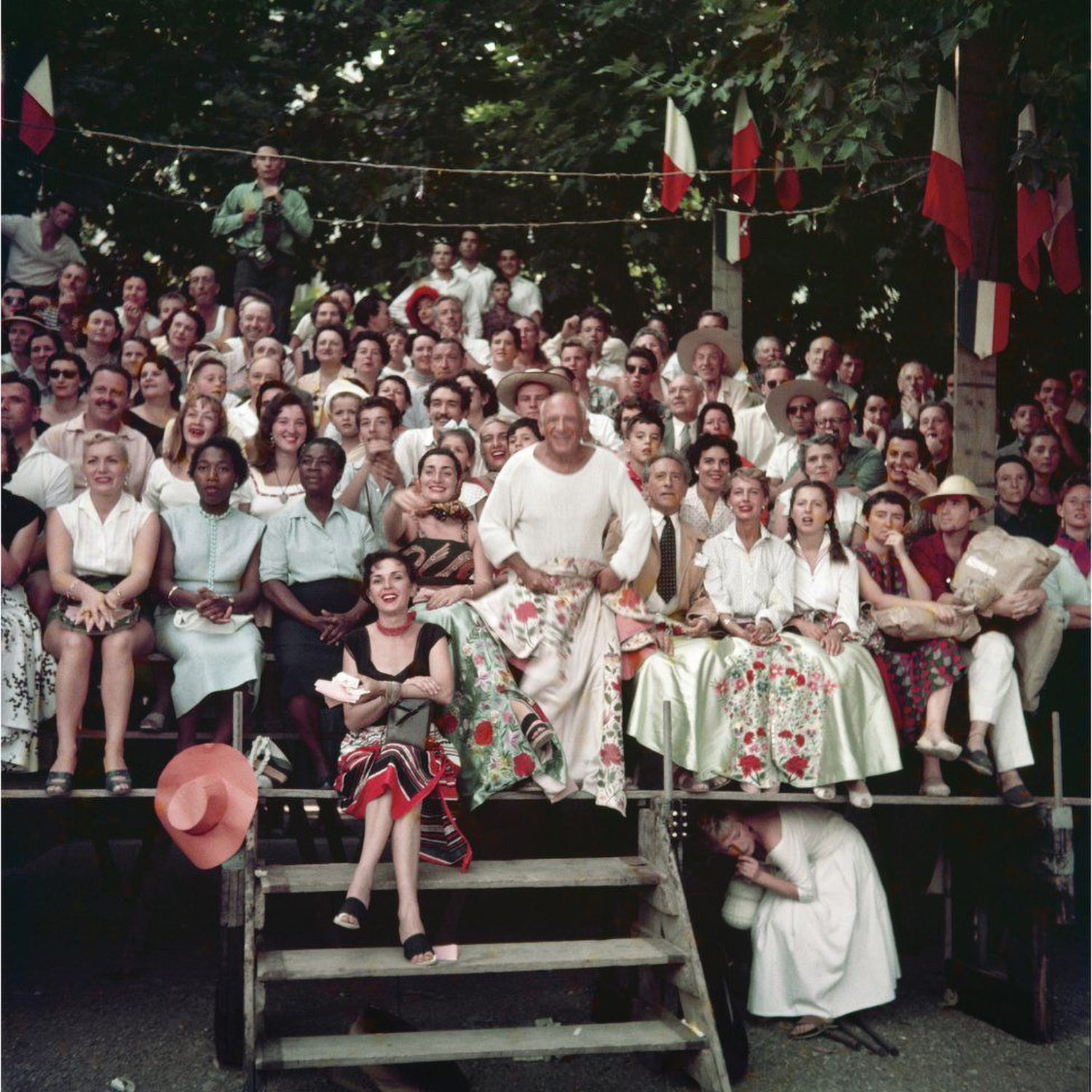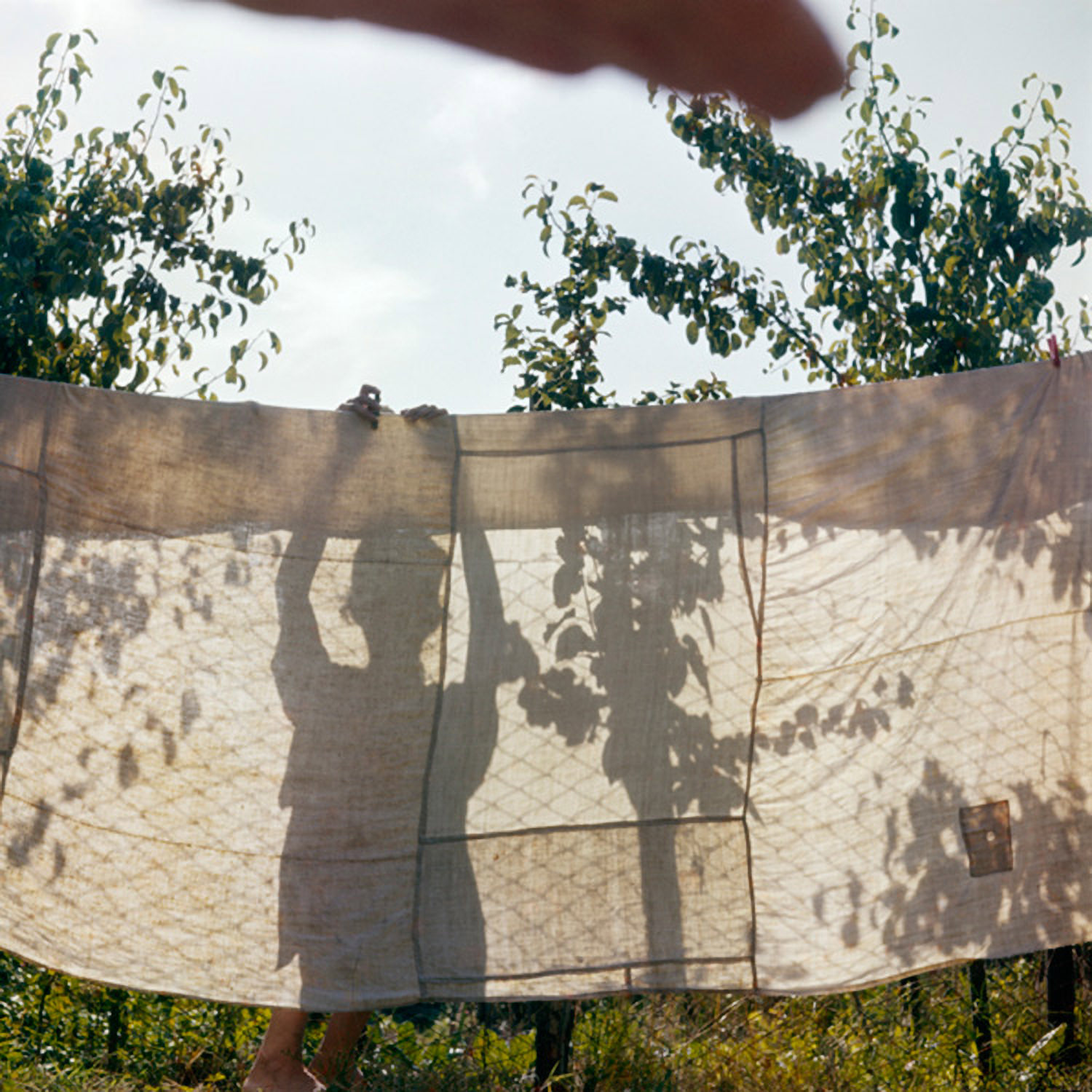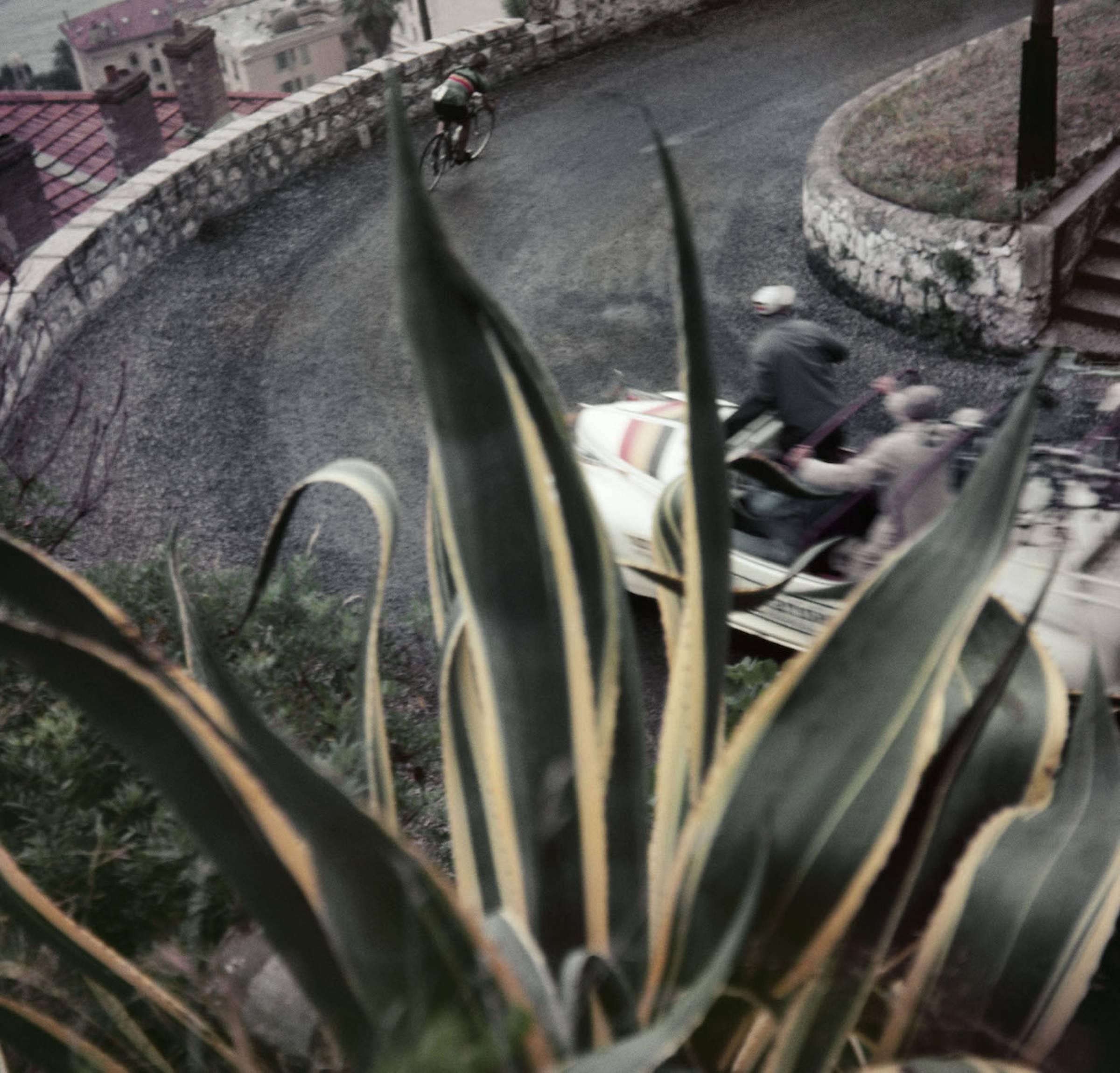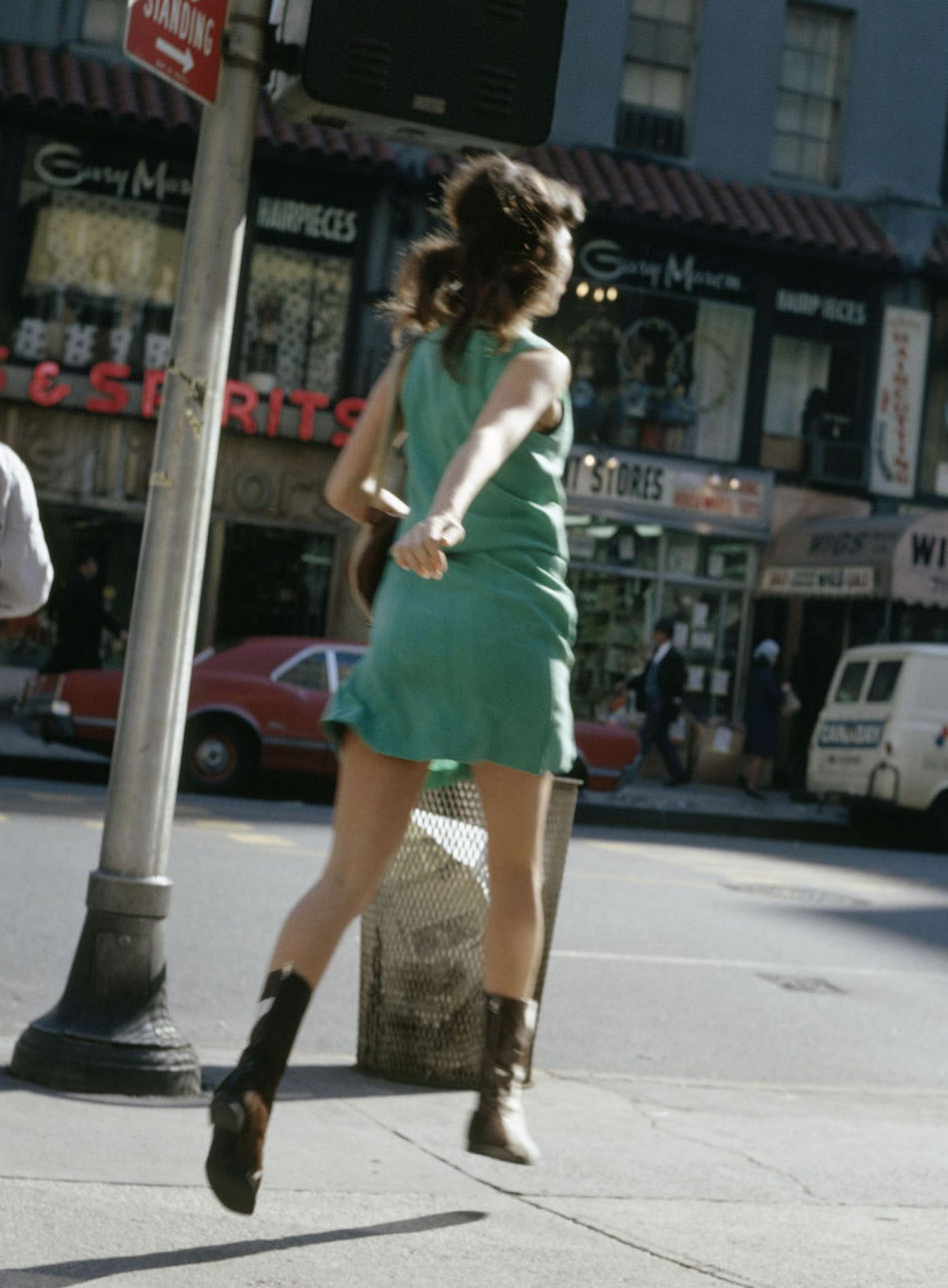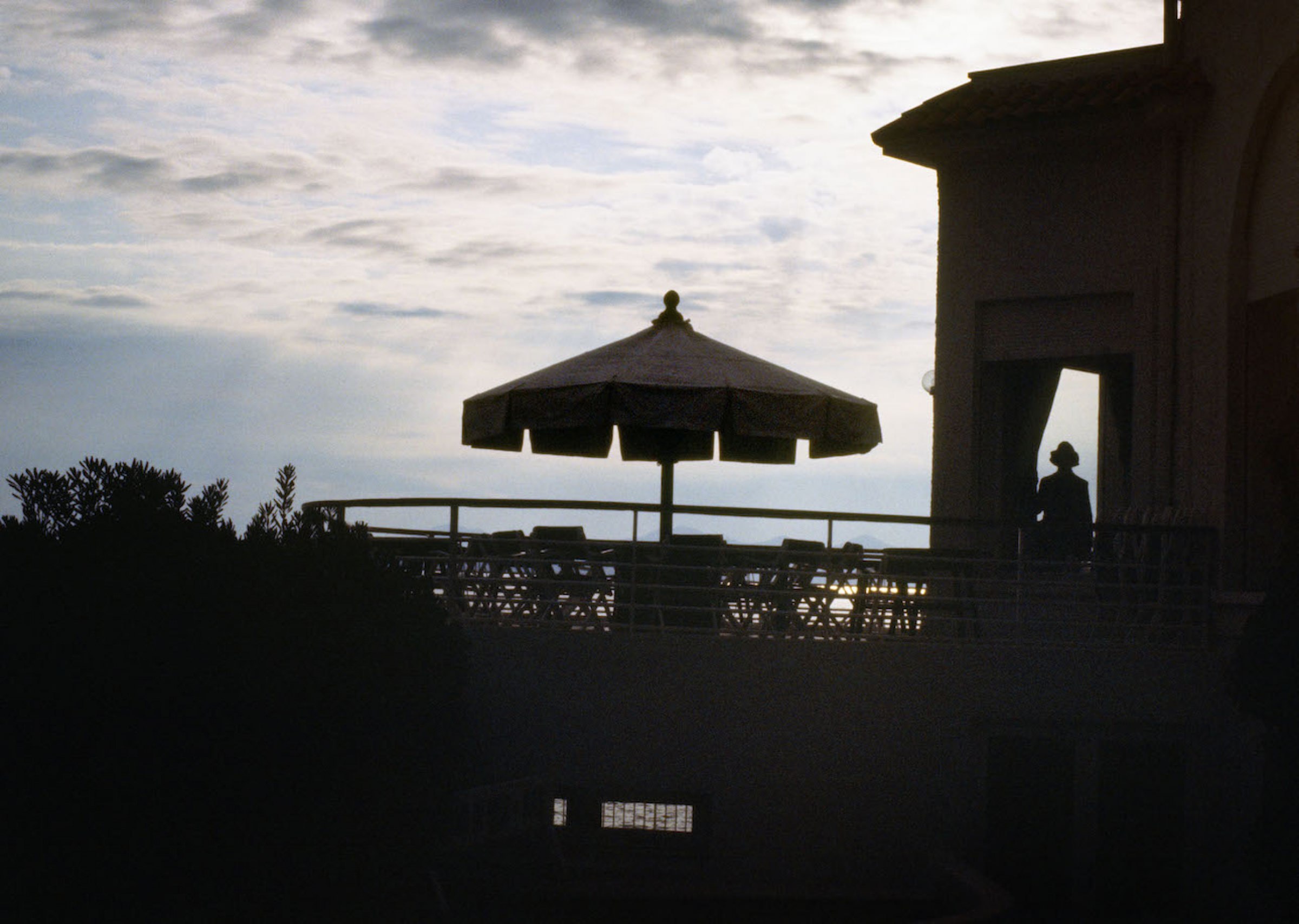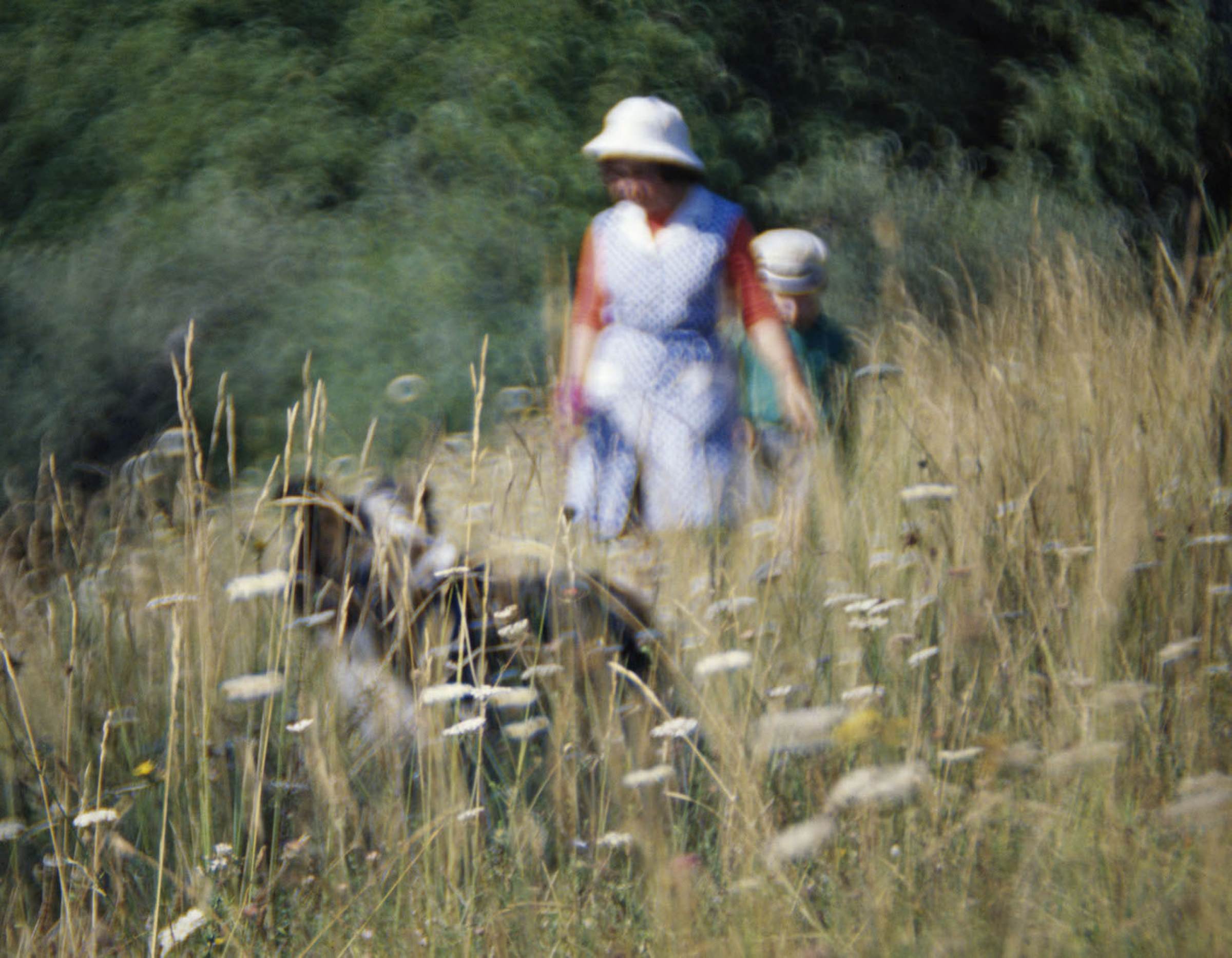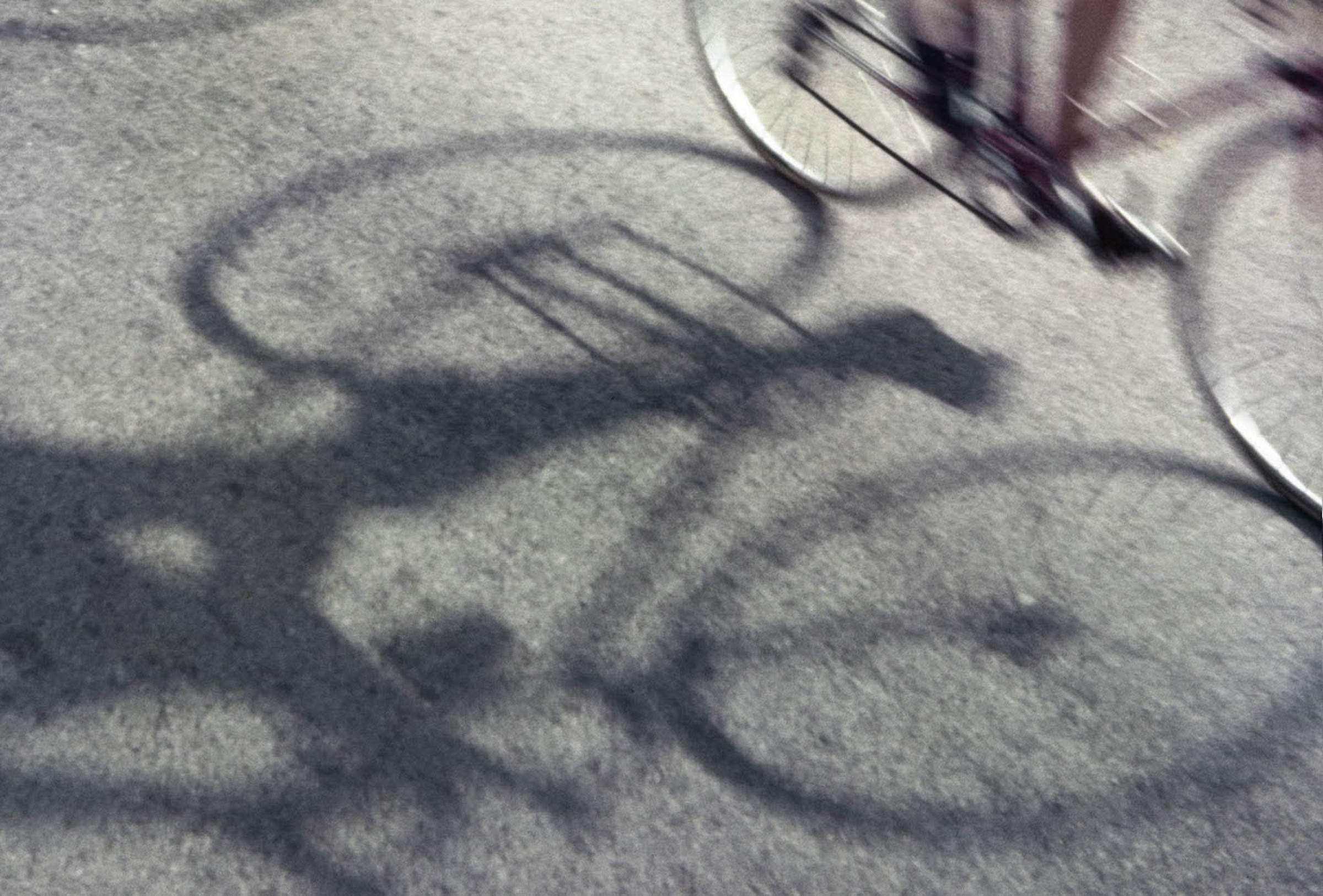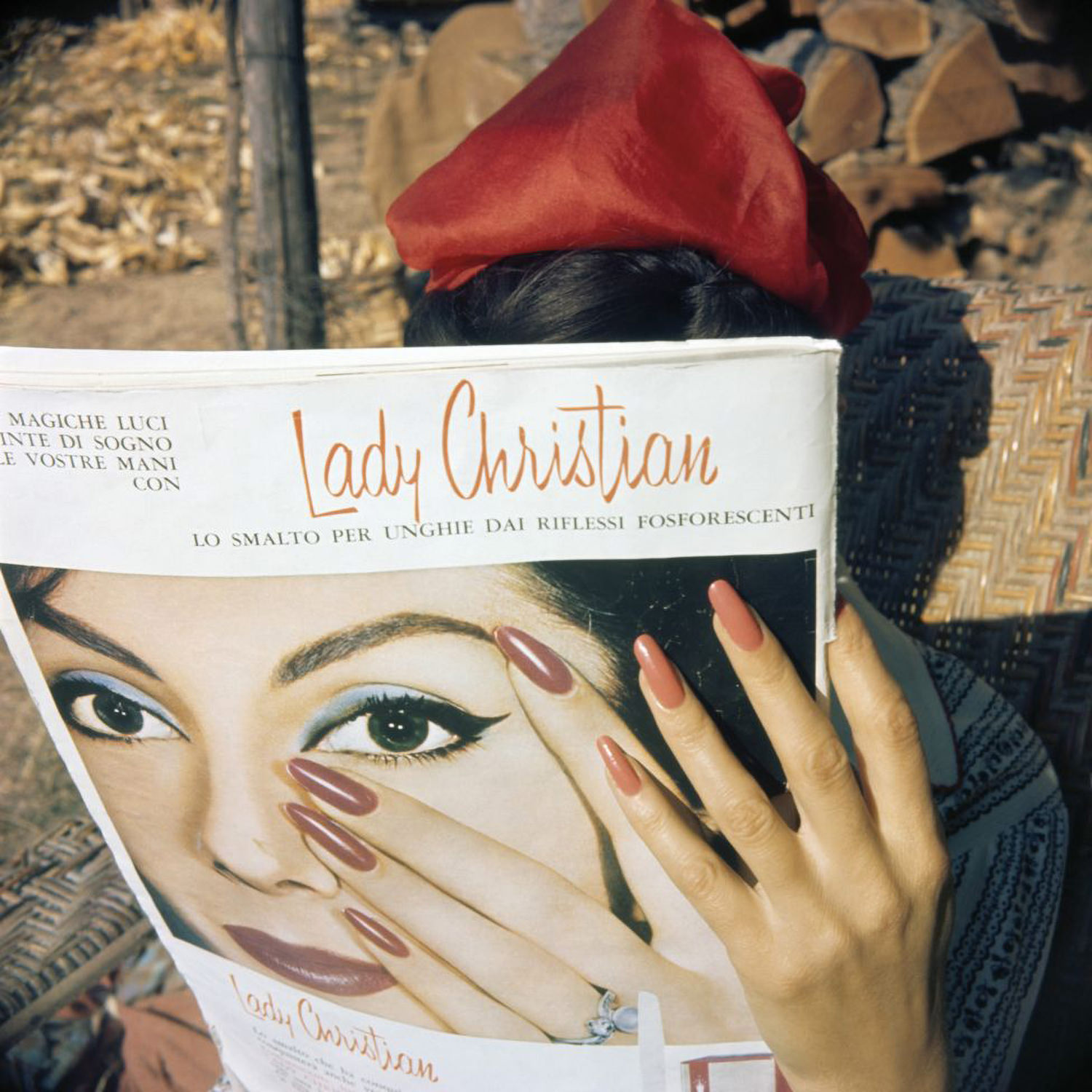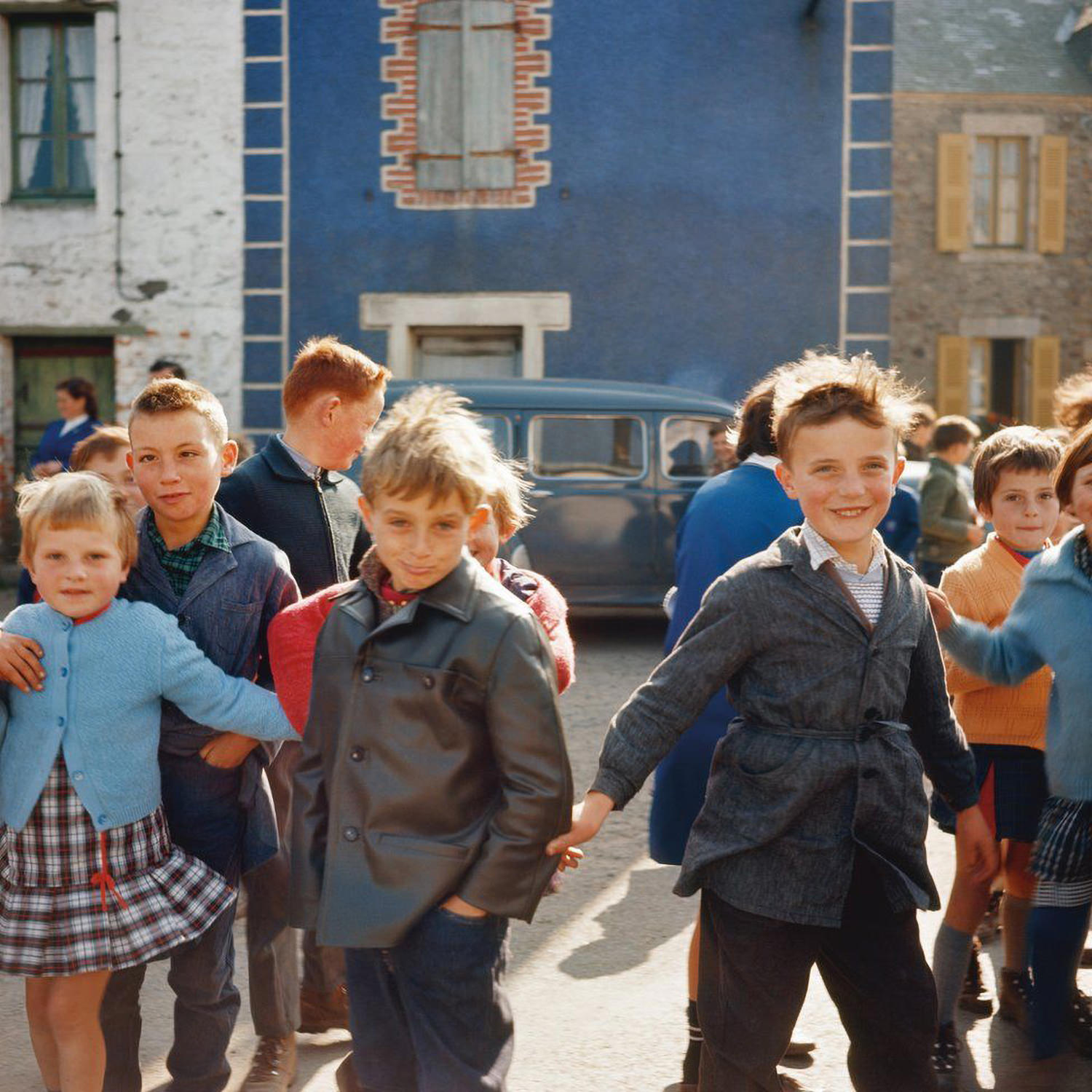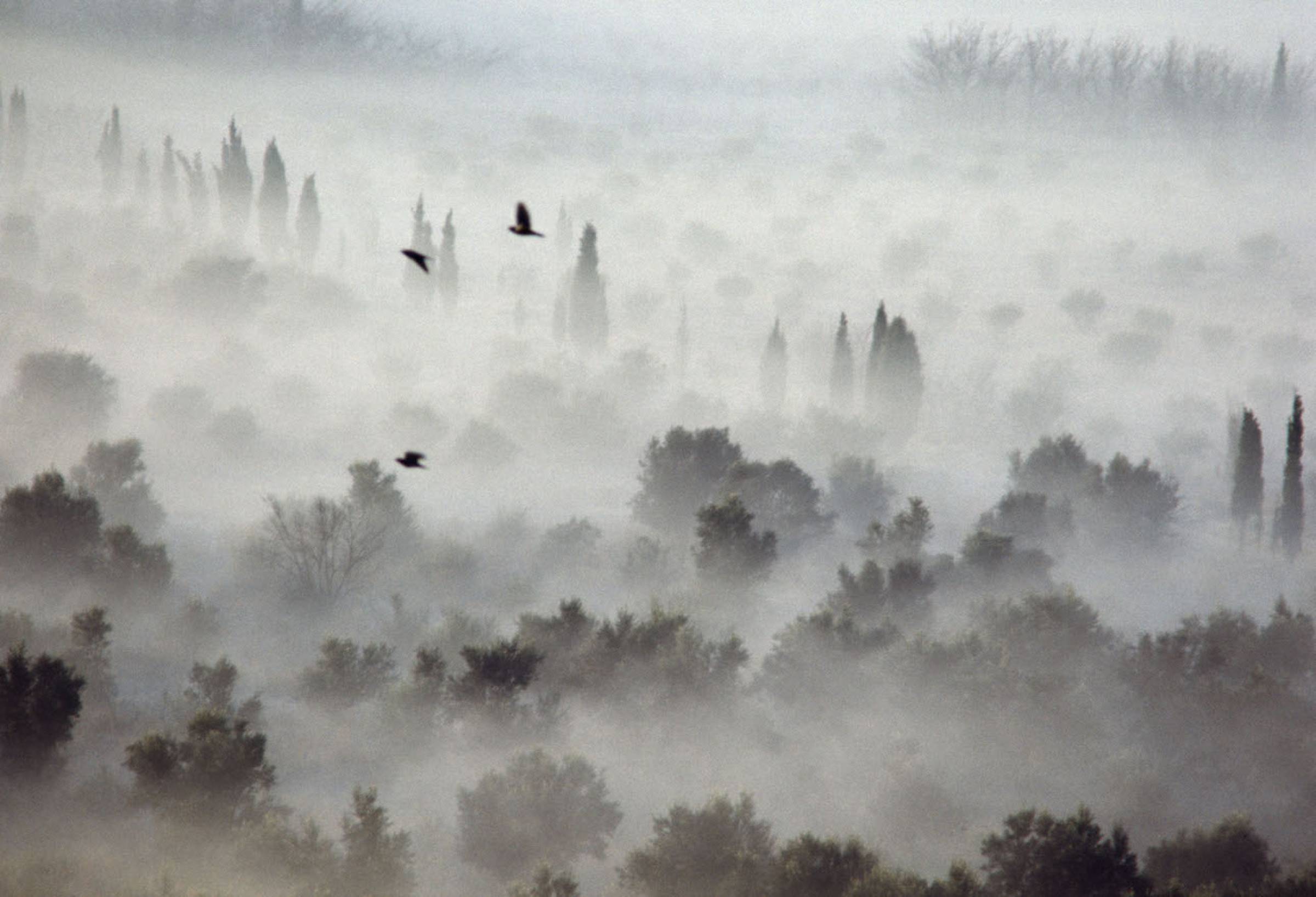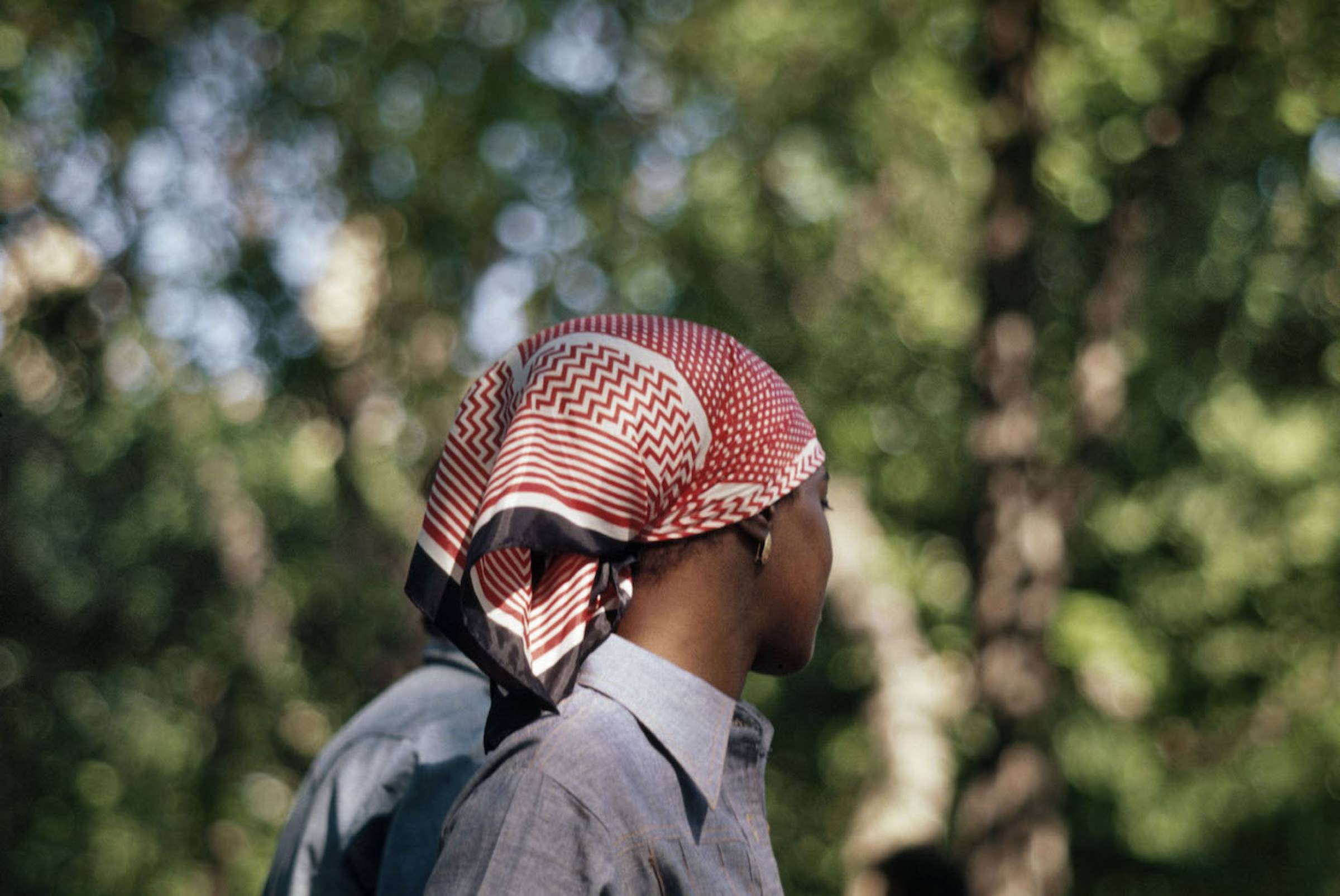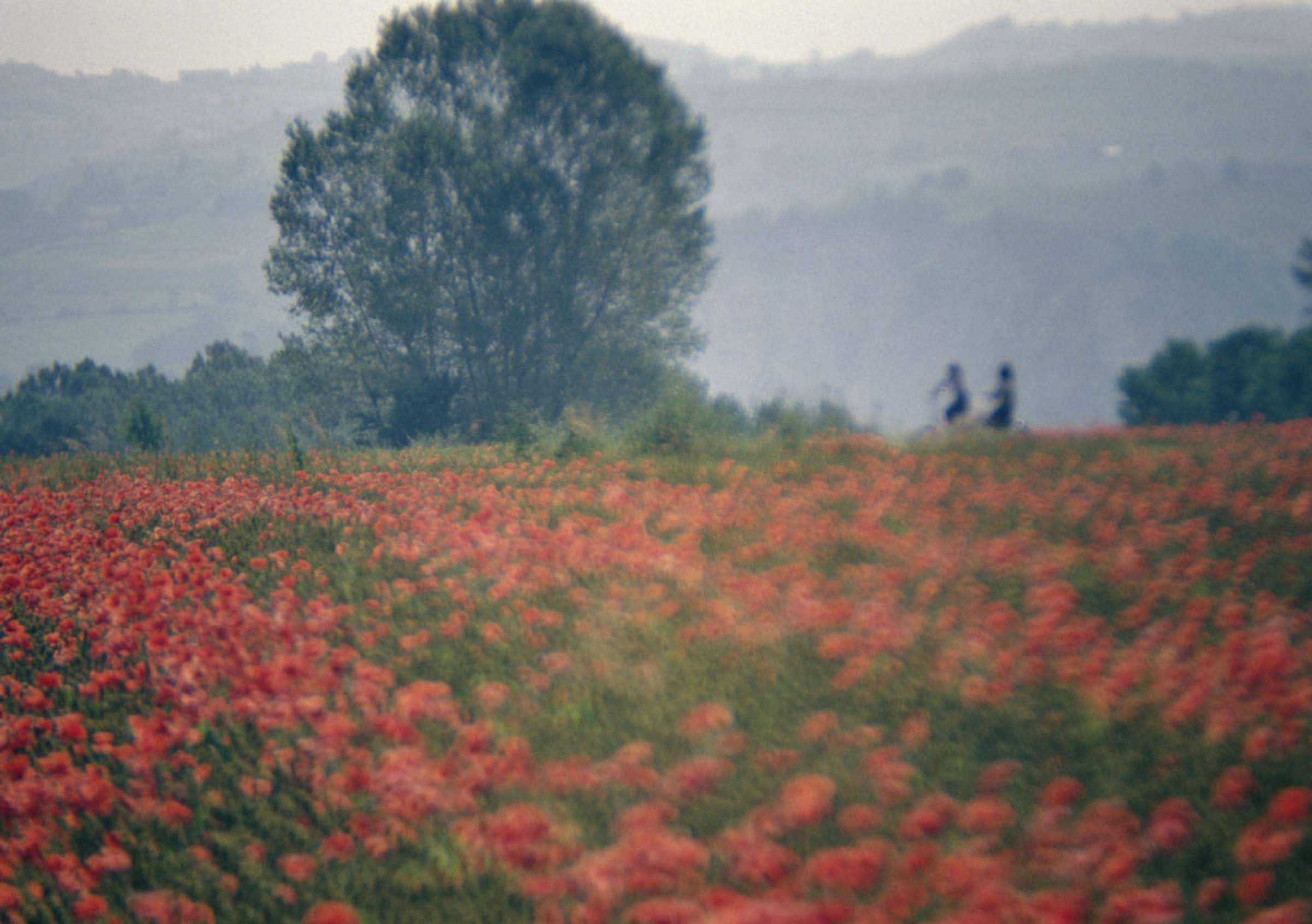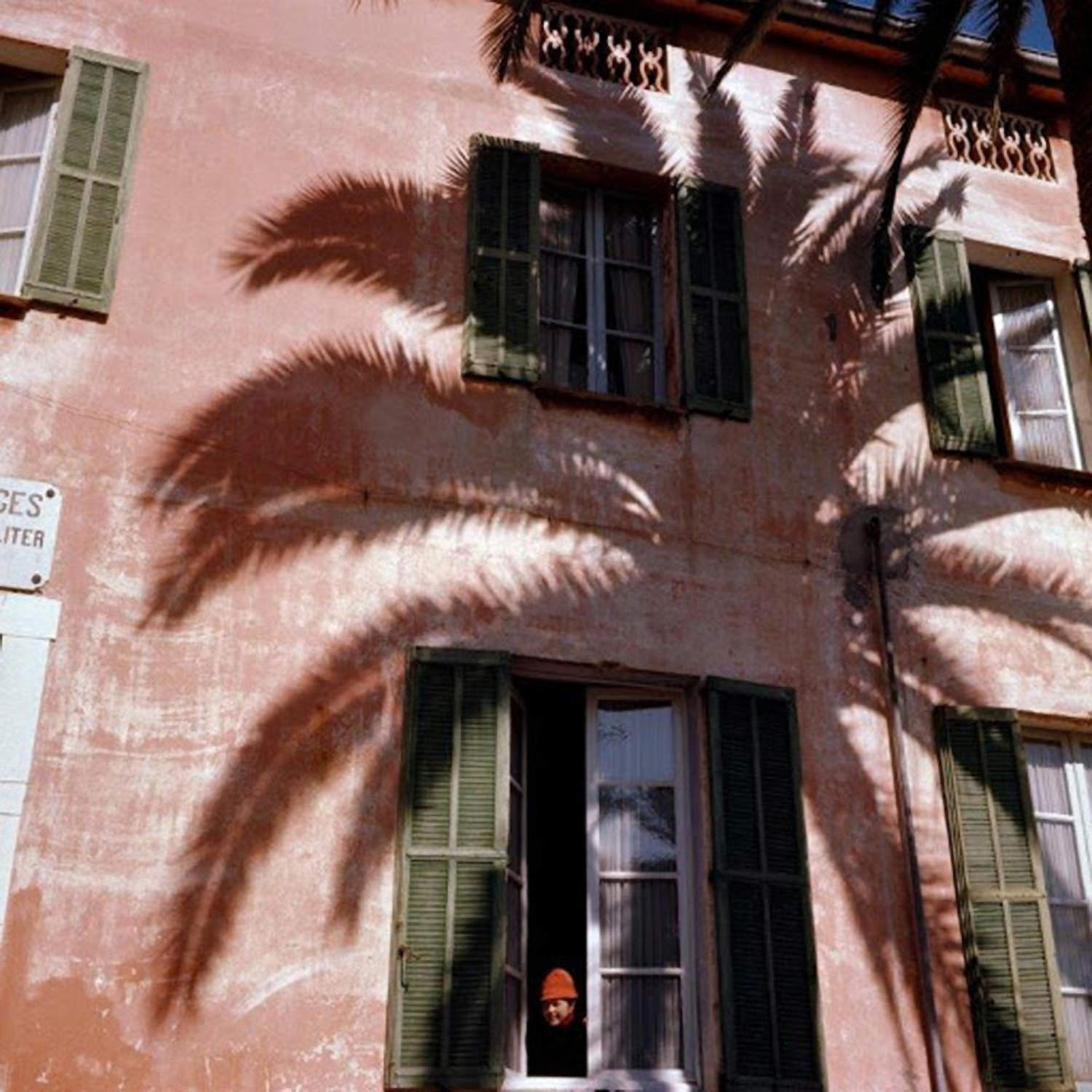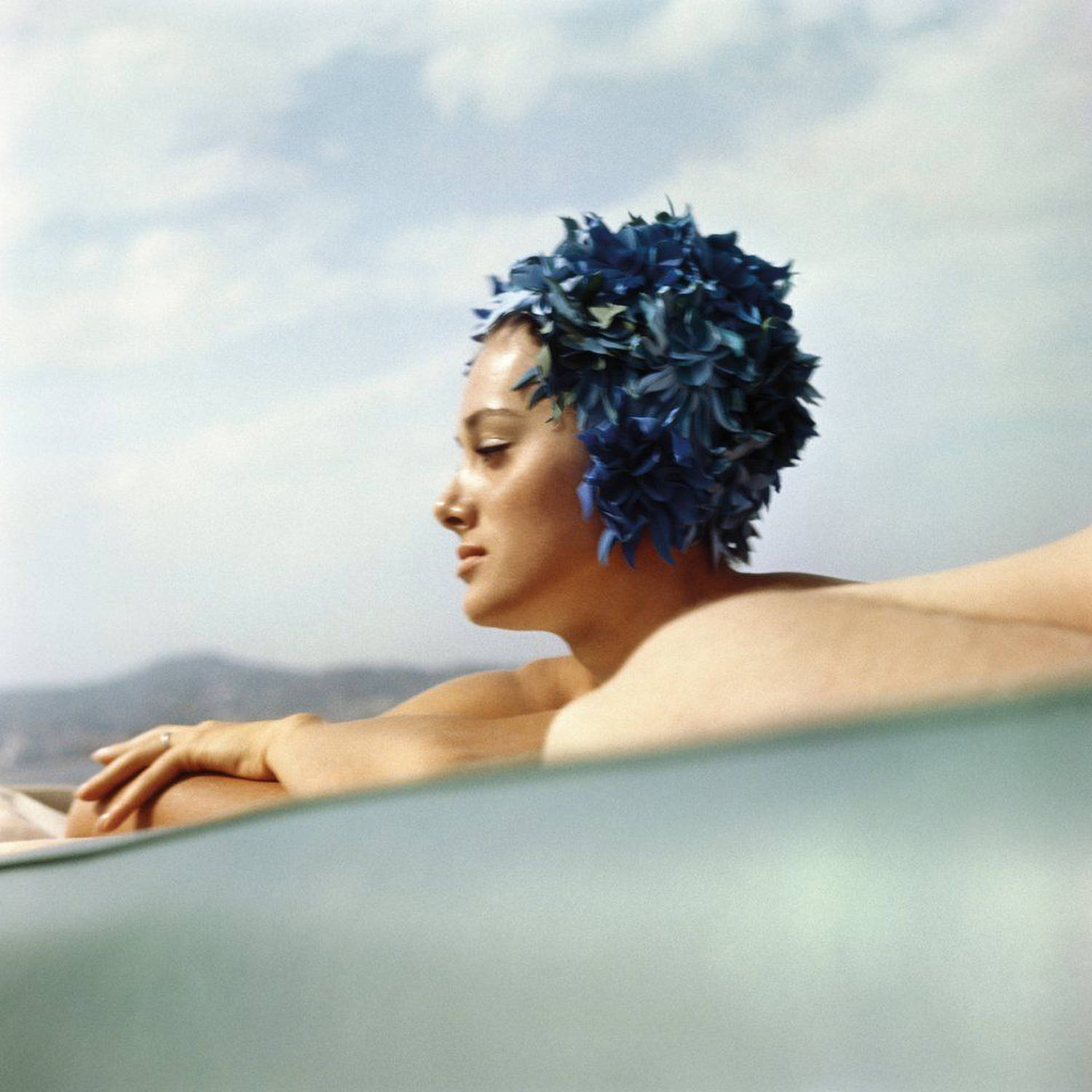Jacques Henri Lartigue: Life in Color
His “visual diary”, is how Jacques Henri Lartigue called his photographic albums which he revised throughout 1970-1980.
Curated by 28 Vignon Street this exhibition shows his photographs next to the original album pages.
The images of Jacques Henri Lartigue from the beginning of the 20th century were first exhibited by John Szarkowski in 1963 at the Museum of Modern Art (MoMA) in New York. At the time, the curator presented Lartigue as a mere amateur. This was the starting point for the artist to rethink his life, his way of working, and his oeuvre.
Starting from the traditional practice associated with the amateur photographer – gathering his images in photo albums – Lartigue made an impressive body of work, laying out his life in an ensemble of 126 large-sized folios.
When he was over 70 years old, Lartigue used these albums to revisit his life and mixed his own history with that of the century he lived in, while symbolically erasing painful episodes.
About the Author
Jacques Henri Lartigue has been described as the best-known amateur in the history of photography.
Through his black-and-white photographs, he captured the world around him, primarily in his native France, and was one of a handful of photographers who helped define what is now called street photography.
Yet until his 60s, he was unknown, simply taking pictures for his own pleasure.
His affluent background allowed him to pursue his hobbies and indulge his passion for motorcars and sport, recording the modern age with his camera. His photographs exude an air of freedom and are seemingly composed with little effort, each frame spontaneously conveying the emotion of the moment.
It was 1963 when Lartigue’s work was seen by John Szarkowski, curator of the Museum of Modern Art in New York, who offered him a solo exhibition on the spot, propelling his work to the highest level.
Yet his color photography is virtually unknown, save for a few autochromes exhibited alongside his more familiar work. Lartigue was undeniably a fan of experimentation with the camera – a pioneer who used the camera to record life as he felt it, not just as a reflection of itself.
He was also a painter, so his adoption of color photography should not be a surprise.
Yet the early process had its limitations.
He shot color pictures from 1912-27 before abandoning it due to the bulk of the equipment required at that time and because the process was too slow to record a spontaneous moment.
His love of color was years ahead of its time, as it was not until the mid-1970s that color photography began to make inroads into the serious art market.
In 1979, Lartigue donated his entire photographic collection to the French state.
He died in Nice in 1986, leaving behind more than 100,000 photographs, 7,000 diary pages, and 1,500 paintings. (via bbc.com/news/in-pictures-35523791)
About 28 Vignon Street
28 Vignon Street is a new curated online art platform. An essential online address for purchasing excellent quality art ranging from forgotten artists over renowned masters to the discovery of promising newcomers. The name refers to the address of the first gallery of the famous art dealer Daniel-Henry Kahnweiler (1884 – 1979). Kahnweiler was a German-born art historian, art collector, and one of the most notable art dealers of the 20th century. He became prominent as an art gallery owner in Paris beginning 1907 and was among the first supporters of Pablo Picasso, Georges Braque, and the Cubist movement. He opened his first small art gallery (4 by 4 meters) in Paris in 1907 at 28 rue Vignon.
28 Vignon Street is founded by Roger Szmulewicz, owner and director of Gallery FIFTY-ONE, and is supported by many renowned galleries and curators.
More info on:

